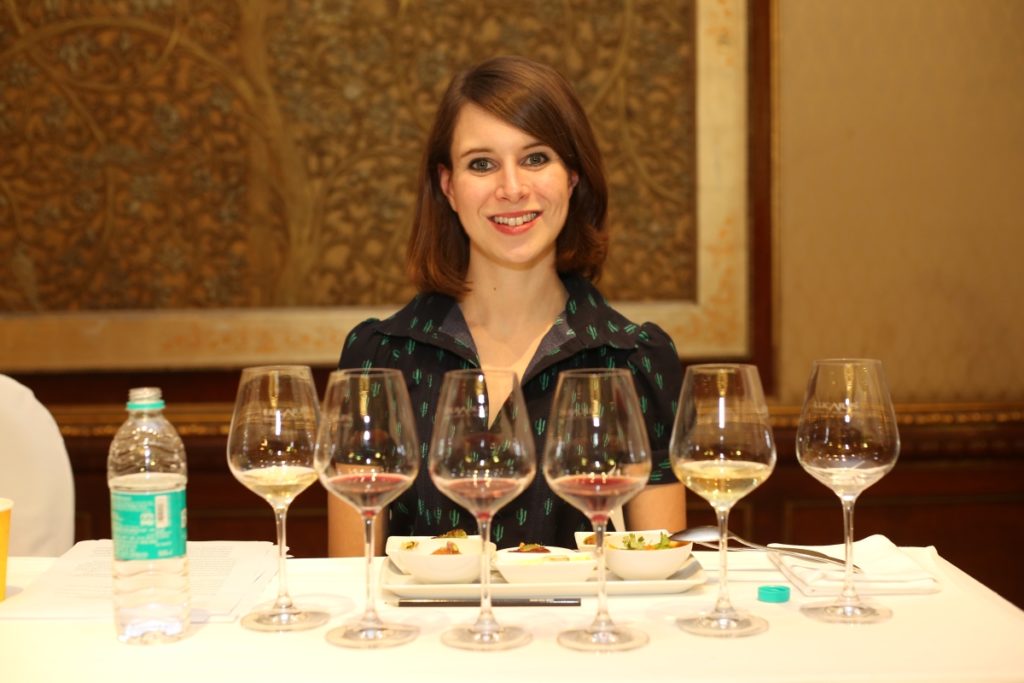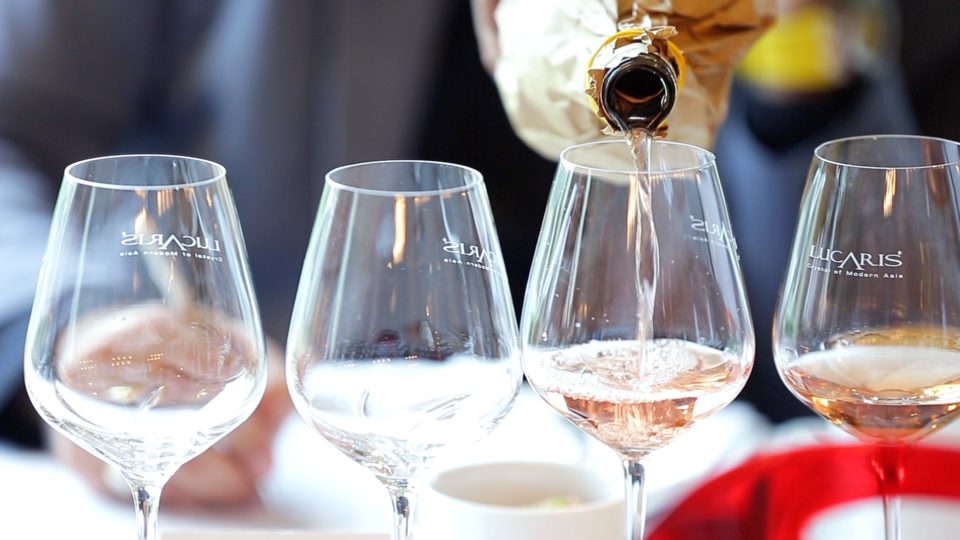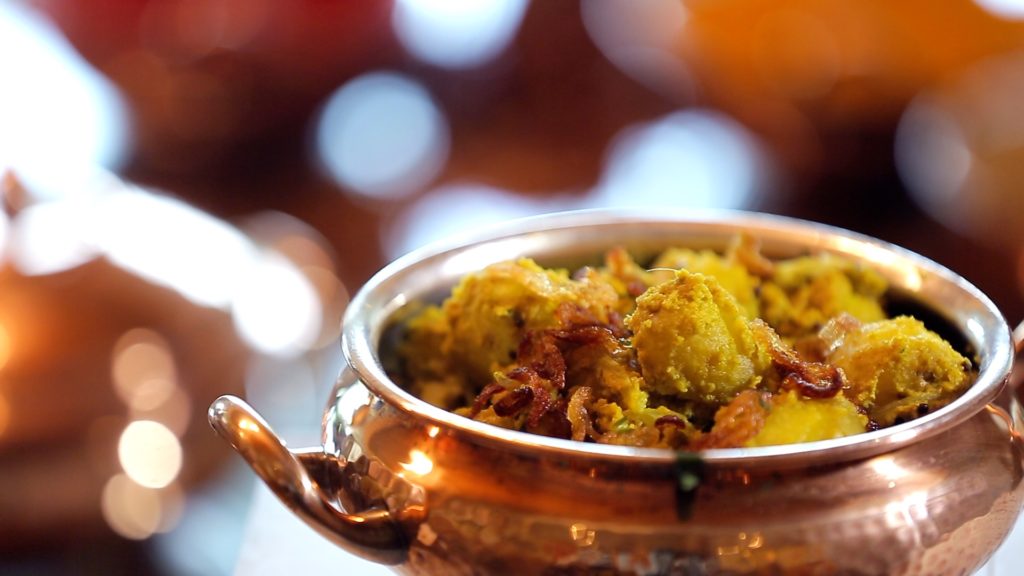‘The longest wine list isn’t always the best’
… And other words of advice from the WSET’s Victoria Burt MW during her recent visit to India. Her advice on how to create a great wine list and what wine drinkers should look for when they order wine in India
You recently judged the Excellence in Restaurant Wine Programme for the India Wine Awards 2018 with 3 other MWs. Could you give me some insight as to what the experience was like?
When Sonal (Holland MW) offered me the opportunity to judge the Excellence in Restaurant Wine Programme, I felt that it would be a fantastic opportunity to learn more about the wine offerings in some of the top on-trade establishments, and hence gain some insight into the Indian wine scene.
Sonal had invited me to guide a food and wine pairing masterclass alongside her as part of the awarding ceremony for India Wine Awards. This interactive workshop focused on the ability of wine to pair with Indian cuisine using the principles of the global qualifications provider, the WSET, and was attended by many of the top professionals in the Indian food and wine industries.
The Excellence in Restaurant Wine Programmes recognized and awarded establishments with the best wine lists in Delhi -NCR, Mumbai and Bengaluru. What parameters were used to judge the entries?
The parameters I focussed upon when judging the wine lists were the diversity of wine styles and prices, value for money, the accuracy of wine terminology, logical formatting, and by-the-glass offering. I was pleased to see some excellent lists that performed well on all fronts. However, excellent wine programmes are not just about curating an impressive wine list. I was pleased that a number of restaurants appear to be very much engaged in staff training, with many of their employees having taken WSET qualifications.
A restaurant wine list is more than a mere list of wines. So, what makes a good list? I’m sure many hotels and restaurants would love to hear this advice and we, the consumers would be the beneficiaries, finally.
A good wine list should be adapted to the restaurant and its customers – what will be best in a five-star hotel restaurant is not necessarily what will be best in a small wine bar. However, in general, a good wine list will offer a breadth of wine styles and price points, and be versatile. This does not mean the longest list will always be the best list; but the list should give consumers at least a couple of choices in their style of choice (e.g. dry and crisp white, full-bodied red) at a variety of price points. The wines on the list should pair well with the food offered by the restaurant, but at the same time provide options for all consumer preferences.
Importantly, the restaurant should take pride in their ‘house’ wines as these represent the style and calibre of the establishment as a whole. As much, if not more care should be taken selecting the least expensive wines on the list and the by-the-glass selection, as on the most expensive wines.
The list should be presented clearly and be easily navigable for the customer. It should be accurate, with correct spelling and correct vintages listed, the vintages should also be appropriate for the style of wine – stock rotation is key, especially for fresh youthful styles of wine such as Sauvignon Blanc and Pinot Grigio.
Finally, the sommeliers and waiting staff in the restaurant should be knowledgeable and enthusiastic about the wines on the list; a genuine recommendation can go a long way.
The satisfaction of the customer to me, should come first … What should a wine drinker look out for when looking at a wine list at a restaurant or interacting with the sommelier? Given that wine in India is still a fairly intimidating subject for many?
My top three pieces of advice when choosing wine in a restaurant would be:
- Make sure crisp, fruity white wines, and rosé wines are from a recent vintage (i.e. in the last two years). If the wine list doesn’t mention a vintage, ask the sommelier. The fruity flavours that make these wines pleasurable to drink will fade with age, and therefore these wines do not taste better with greater maturity.
- Drink the wine you want to drink. Do not feel obliged to choose the wine the sommelier recommends, particularly if it is in a style that you know you don’t much like. A good sommelier can help you pick a wine from the list based on your personal preferences, both in terms of wine style and budget.
- Wines by-the-glass and wine flights can be a great way to try a range of different wines (though do be aware that this may be more expensive per unit volume than buying a bottle). If you are buying a bottle of a wine that is also available by the glass, you could ask for a small sample before you purchase. At worst the sommelier might say ‘no’, but the fact that a bottle of this wine is probably open already makes a negative response less likely.
(I love asking the next question of top wine professionals – no better source for good recommendations!)
Which restaurants or bars have the most balanced wine lists in your experience?
I couldn’t possibly do this question justice – however, I can give you my personal choice of restaurants in London that I would always recommend to wine-loving friends. Jancis Robinson MW’s son, Will Lander, has a small collection of restaurants (QCH, Portland, Clipstone), all with well-priced, interesting wine lists. The main lists are concise with a few classics and a few more unusual wines; value comes from choosing wines from good producers but in slightly less well-known wine regions. They then have a ‘single bottle list’, which includes a collection of wines individually picked by the wine team but not available in large enough quantities to be on the main list – this seems like a great way to make their wine selection more diverse and dynamic. Chez Bruce and Gauthier are also favourites. Both of their lists are comprehensive but not excessive, with plenty of by-the-glass and half bottle choices. They provide a balance of classic regions and producers, with those that are lesser known, and have a number of mature wines from good vintages. With all of these restaurants you get the impression that every wine on the list has been hand-picked by a sommelier or wine team, that knows, enjoys and has a reason for stocking it.
How important is food and wine pairing in the modern context where fixed matches have been substituted with a more relaxed “drink for mood, not food?”
I think wine and food pairing is still valid. There are food and wine combinations that will taste nice for the vast majority of people, and some that will not taste so nice. This is based on the components in the food (e.g. acidity, spicy heat) and their interactions with components in the wine (e.g. acidity, alcohol), and means that a range of wines will often taste pleasant when paired with a certain food, there is not one perfect wine for a dish. However, I think ‘important’ is perhaps an overstatement, at WSET we teach that the most important thing is to choose a wine that you (or your guests or customers) like to drink.
What are your honest views on matching Indian food and wine? In many cases, is this sometimes a little forced (or a direct translation of Old World culture, where wine is synonymous with food.) Should we, then leave a wine to be enjoyed in a more relaxed way, even as an aperitif, if so preferred?
Again, I think people should drink what they want, when they want. But I see no reason why wine should not be drunk alongside Indian cuisine. The spicy heat in many Indian dishes means that a number of people may prefer a wine with some sweetness and relatively low alcohol, which may temper the heat rather than intensify it. Because of the diversity of tastes and flavours in Indian cuisine, and because there is not the tradition of drinking wine with Indian food to provide guidance, it may require a bit more experimentation, at least initially, to find what wines and foods pair best, but this is no reason not to enjoy Indian food with wine!
Victoria Burt MW is the Product Development Manager for Wine Qualifications at the Wine & Spirit Education Trust (WSET), where she plays an instrumental role in the continuous progression of WSET’s portfolio of qualifications, most notably the development of student and educator materials. As well as being a WSET Certified Educator, she also organises and presents wine events and has judged at several international wine competitions. Victoria became a Master of Wine in 2015 and constantly seeks to expand and update her technical and product knowledge through wine seminars, masterclasses and travelling widely.
The Wine & Spirit Education Trust (WSET) is the largest global provider of wine and spirits qualifications, offering courses through Approved Programme Providers worldwide. For more information or to find a course provider near you visit WSETglobal.com










